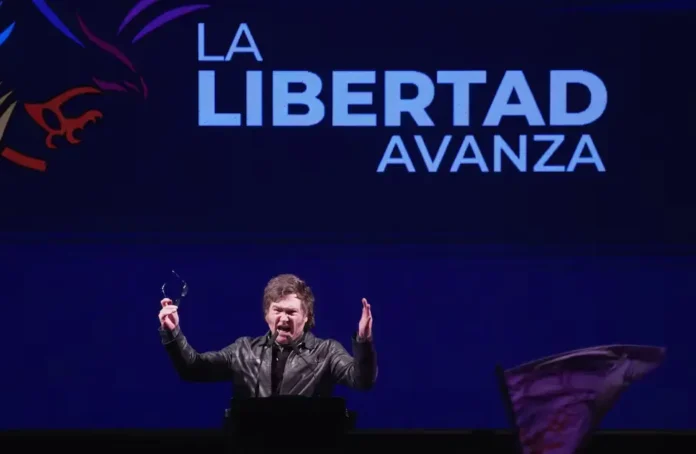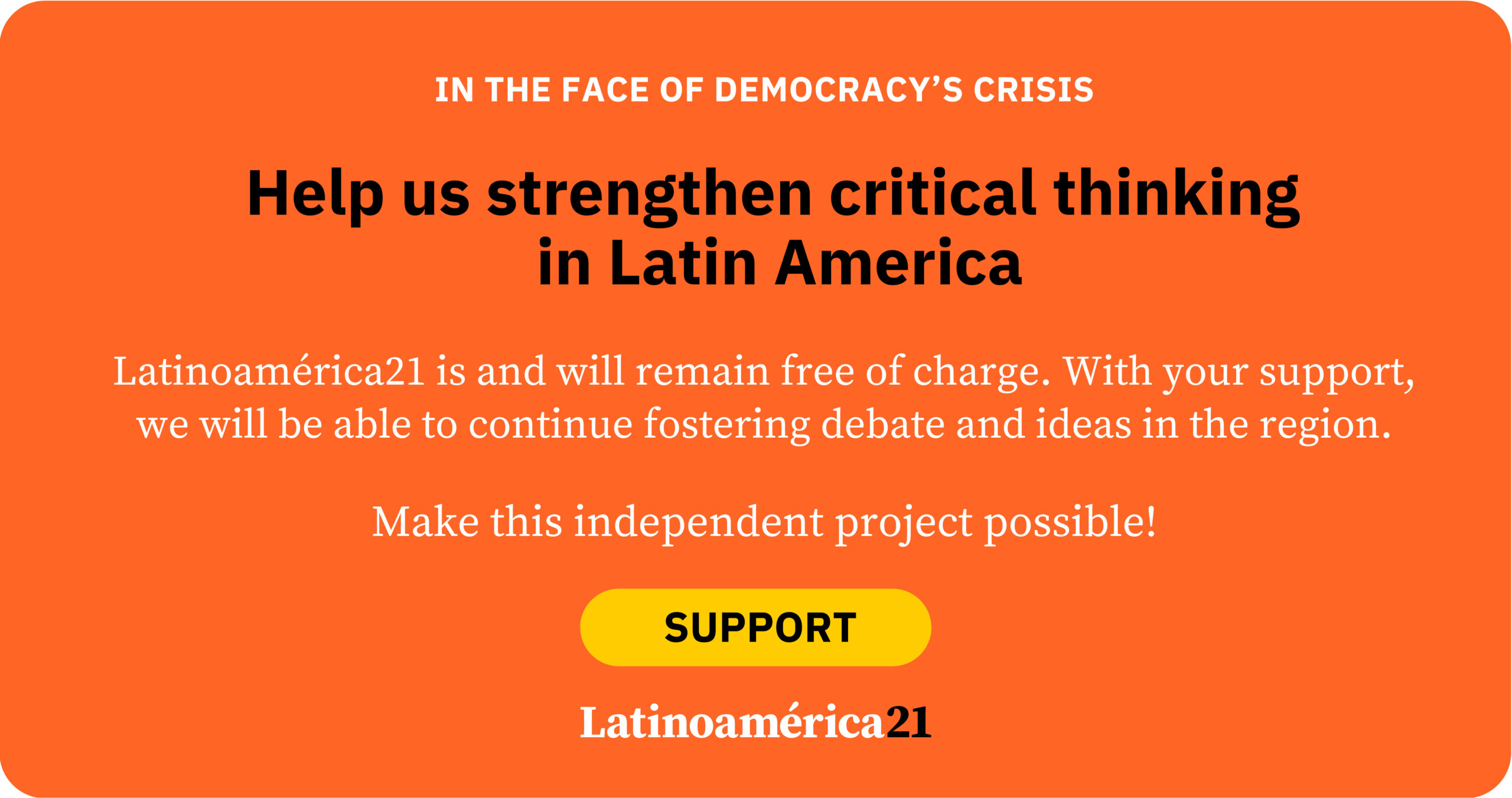
Party building for outsider leaders is essential for their survival and the Argentine experience shows that in order to survive in politics, it is necessary to integrate a political party. Aware of this, Javier Milei has spent his first year in office working to build his party to remain electorally competitive.
The year 2025 is a year of particular relevance for Javier Milei’s presidency. Not only because of the international context or the visibility he has gained in the global media and political agenda. It is so because in 2025 he will have to pass the first electoral test. In the 2021 and 2023 elections, the current Argentine president ran as an “anti-system candidate”. That is to say, he concentrated his proposals on a classic formulation of “us against them”, where the ‘them’ was the class and the political system as a whole, which he called “caste”. However, once these movements and leaders reach government they need to reinvent themselves since they already lead the system.
Milei won the 2023 elections with an ad hoc candidacy, without a party, with a weak alliance called “La Libertad Avanza”. In terms of party structure support, La Libertad Avanza (LLA) was unknown to the Argentine electorate, and in the primary and general elections, it had multiple problems to have representatives in the polling stations. In fact, for the second round, Mauricio Macri’s main contribution to the Milei sector was to provide him with a large part of the control structure of his party, Pro, at the national level. This made Milei a viable candidate, and eventually a winner. Since his victory in November 2023, one of Milei’s greatest efforts has been to form a political force.
Under the leadership of Karina Milei, general secretary of the presidency, and the government strategist, Santiago Caputo, La Libertad Avanza began a path of party building, which had different steps. One of the first steps was a purge, which included solidifying the relatively small officialist blocks in the National Congress, and the conformation of a strong party discipline. This led to the emergence of alternative blocs, outside the LLA, with members originally chosen by the ruling party. The most outstanding cases are the expulsion of Senator Francisco Paoltroni from the bloc, and the departures of deputies Zago and Arrieta, in the context of conflicts with the government. In some cases, these deputies continued to support the Executive and in others they have become opponents. In other cases, such as that of Carolina Píparo, they have left the pro-government block and returned some time later.
Once the Mileista base was consolidated, there were two simultaneous situations in party building: the formalization of a political party as a legal figure to compete electorally —and not depend on alliances with other parties— and the structuring and consolidation of party blocks in the different provincial legislatures (analogous to what happened at the national level). This evidences a crucial element of party construction: as any other party, LLA has internal lines. Two examples of this are the internal conflict in the Legislature of the City of Buenos Aires between the sector led by Ramiro Marra, and a sector aligned with Karina Milei; and the internal party elections held in January in Entre Ríos, where there were certain levels of conflict, but a process internally recognized by all parties.
From there, Milei began to outline its strategy for the 2025 elections, differentiating itself from its allies, particularly Pro and Mauricio Macri. The objectives of both parties are different: while LLA needs to win the elections to endorse its management and increase its legislative contingent, Pro thinks of retaining its quotas of power and influence, and particularly, to make a good election in the City of Buenos Aires.
Although to some extent these objectives may be convergent, Pro’s pressure is contrary to LLA’s need to lead the process. For this reason, in the last days frictions have been observed between both forces, and simultaneously, in order to reinforce its territorial power, LLA went out to conquer Pro leaders. The first transcendental piece of this is the leader of the district of Tres de Febrero, in the metropolitan area of Buenos Aires, Diego Valenzuela.
For Milei, who arrived as an outsider to manage to stay in time, it is essential that he builds his own party. The same happened with José Antonio Kast in Chile, who in his dissident process from the traditional right-wing political forces, had to create his “Republican Party”, and from there, go out to compete in electoral processes where he was not —and could not be— a candidate. Even though he lost electoral wealth (and support in the public opinion) in this process, the construction of the party allowed him to structure his offer and make it clearer.
The flip side of this process is bolsonarismo, which, similarly to Javier Milei, tried to build a political party from the government. However, given the nature of the Brazilian party system and federalism, it proved impossible. Its structure is still populated by coalitions of right-wing leaderships throughout the Brazilian geography. This does not prevent Bolsonaro and bolsonarismo from not having maintained a competitive position, changing the axis of Brazilian politics.
Time, in this year in particular, will show us whether Milei is closer to the “Kast model” or the “Bolsonaro model”. In other words, if we are before a leader who seeks to leave a clear idea, or to seek coalitions that will make his government’s action sustainable.
*Machine translation proofread by Janaína da Silva.


